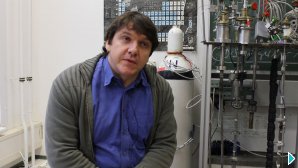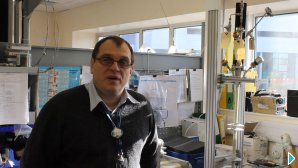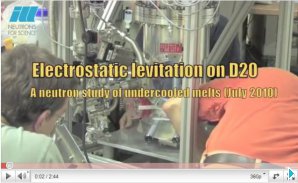Sample Environment (WP21)
Coordinator: Zoe Bowden, ISIS/STFC
The Sample Environment group in a neutron facility ensures that the users have all the conditions they might need to investigate their samples in the neutron beam.
Researchers who come to neutron facilities might need high or low pressure, very high or very low temperature, a specific magnetic field or gas atmosphere around their sample. Sample environment groups work to provide these conditions to their users.
The Sample Environment JRA funded by NMI3 brought together members of HZB, ISIS, LLB, FRM II and PSI to collaborate on the development of state-of-the art sample environment devices for high gas pressure (high pressure cells) and ultra-high temperature (furnaces) conditions, as well as gas handling.
For more information about the different tasks of this JRA please visit this page.
The Sample Environment Forums are accessible to registered users here.
Dirk Wallacher and his team at the Helmholtz-Zentrum Berlin have been developing devices for gas adsorption such as cryo-coolers for gas adsorption measurements, gas adsorption systems and gas handling systems for high and low pressure conditions. In particular they have been working on a hydrogen pressurising system.
Oleg Kirichek and his team at ISIS have been developing new high pressure gas sample cells and intensifiers as well as working on new materials for sample cells dedicated to the handling of hydrogenated samples.
In this short film made at Institut Laue Langevin, Grenoble, a group of neutron scientists and engineers gets a small metal alloy ball to levitate in a furnace of DLR (Germany) mounted on the ILL High-intensity two-axis diffractometer with variable resolution, D20. Electrostatic levitation is the process of using an electric field to levitate a charged object and counteract the effects of gravity. The furnace has been developed by DLR and FRM II colleagues within the framework of the JRA.



